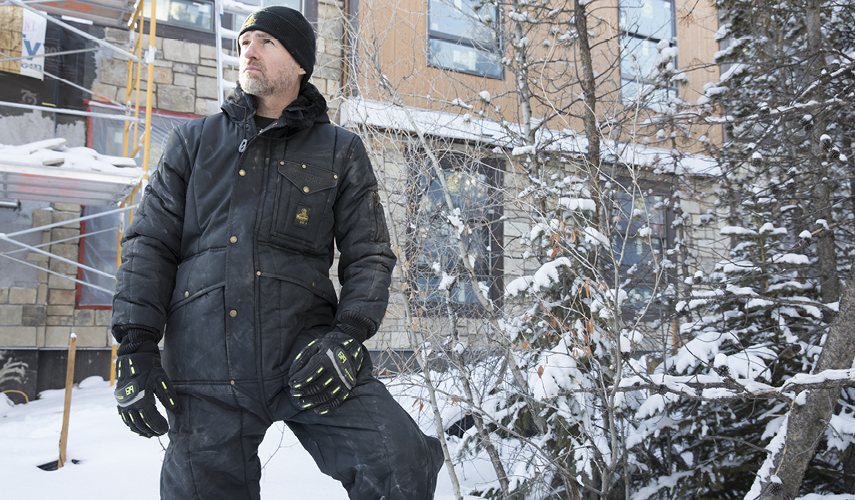You won’t believe the day I had yesterday, trying to figure out this whole extreme cold weather suit thing. I’ve always been fascinated by how people manage to stay warm in those crazy cold places, like the Arctic or even just during a brutal winter storm. So, I decided to dive deep into it and see what all the fuss was about.
First, I started by looking up what the heck people actually wear when it’s freezing. I found out that there are special suits designed for this, which are apparently a big deal for folks who work or do outdoor activities in those conditions. It’s not just about throwing on a big coat, oh no. It’s a whole system.
I spent hours reading about the materials. These suits use something called “insulated thermal fabrics.” It sounds super technical, but basically, it’s stuff that traps your body heat and keeps the cold out. And get this, some of them have this “Thinsulate” stuff, like 200 grams of it, which is supposed to be amazing at keeping you warm, even down to -20 degrees Fahrenheit! That’s insane!

But it’s not just about the suit itself. I learned that you’ve got to have the right accessories too. I’m talking about heavy-duty gloves, or better yet, mittens. Apparently, mittens are warmer because your fingers can share heat. Then there are the boots. You need these thick boots with special socks, not your regular cotton ones, to keep your feet from freezing off, especially if it’s wet or snowy.
Here’s the thing, though, I also read that for regular folks like me, who just want to stay warm while walking around town, a good overcoat or trench coat made of wool should do the trick. And a nice, warm scarf can’t hurt, right? It’s all about layering. They say a tailored peacoat can also be a good option.
After a while, I realized that this wasn’t just about gear, it was about survival in some places. I mean, people’s jobs and lives can depend on having the right clothing in extreme cold. It’s pretty serious stuff. I even came across some information about how they try to use safe chemicals in these suits and make sure the workers who make them are treated fairly. That’s definitely important.
- Looked up what people wear in extreme cold.
- Read about insulated thermal fabrics and Thinsulate.
- Learned about the importance of gloves/mittens and boots.
- Discovered that a good wool coat and scarf are sufficient for everyday cold.
- Understood the importance of ethical manufacturing of these suits.
My Conclusion
By the end of the day, I had learned a ton about extreme cold weather suits. It’s way more complex than I initially thought. But it’s also super interesting to see how people have figured out ways to survive and even thrive in some of the harshest environments on Earth. I’m definitely going to pay more attention to what I wear when winter rolls around, and maybe I’ll even invest in a really good wool coat!















